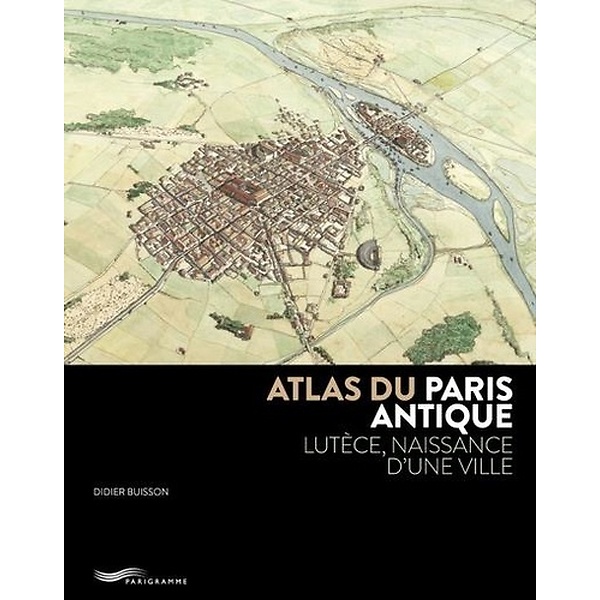Atlas of ancient Paris (VF)
9782373950427
In The Gallic War, Caesar mentions for the first time Lutetia, a Gallic stronghold that its inhabitants preferred to burn down rather than surrender it to the Roman conqueror. Where exactly was it located? On the Ile de la Cité? Or elsewhere, in Nanterre ? In any case, a new city was established in the High Empire on the slopes of Mount Sainte-Geneviève, in a grid pattern based on a main axis forming the cardo maximus (present-day rue Saint-Jacques, rue du Petit-Pont, rue de la Cité and rue Saint-Martin).
Abandoned in the middle of the second century, it then migrated to the Île de la Cité, destroying the monuments on the left bank as needed to recover the materials. The vestiges of these successive occupations - including off-center ones, as in Montmartre - did not fail to strike the erudite minds as early as the Middle Ages or the Renaissance, but it is essentially after the great Haussmannian works that the ancient city was rediscovered.
Numerous excavations have been carried out since then, clarifying the contours and organization of the vanished city. Covered by all the ages of the city, the Gallo-Roman Lutetia nevertheless durably oriented its development.
Sold by Carnavalet
Museum
Musée Carnavalet Histoire de Paris

